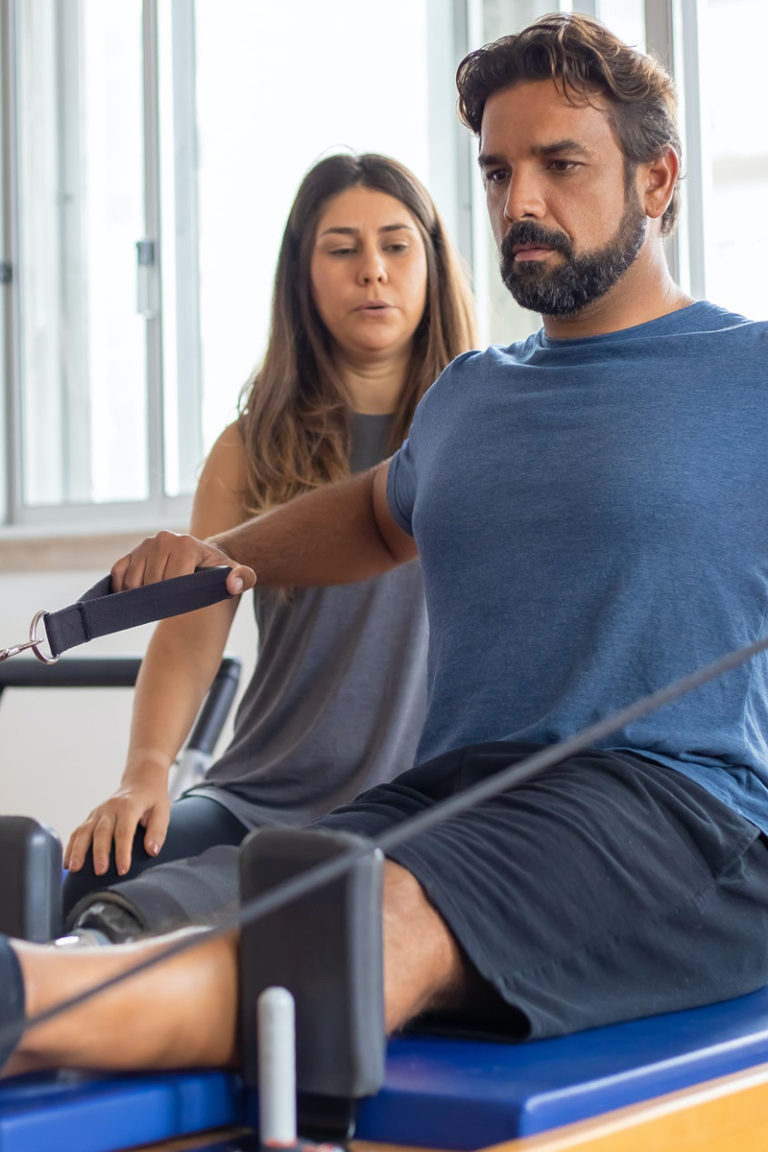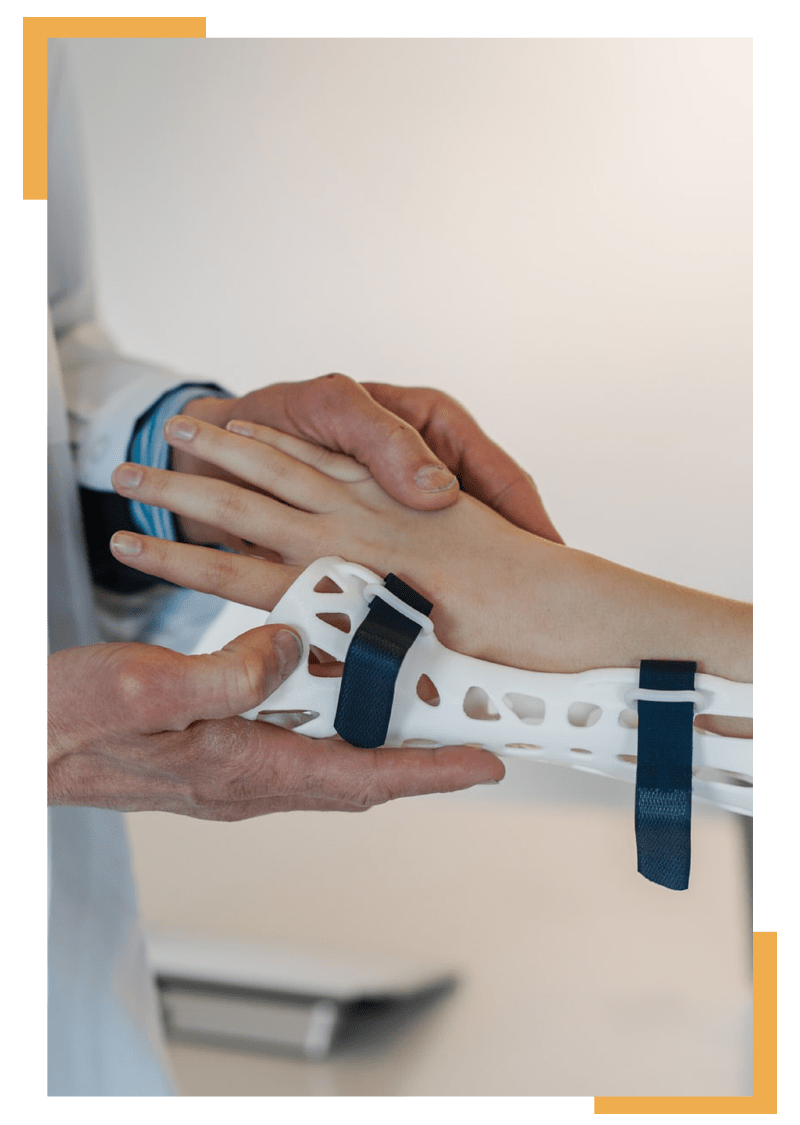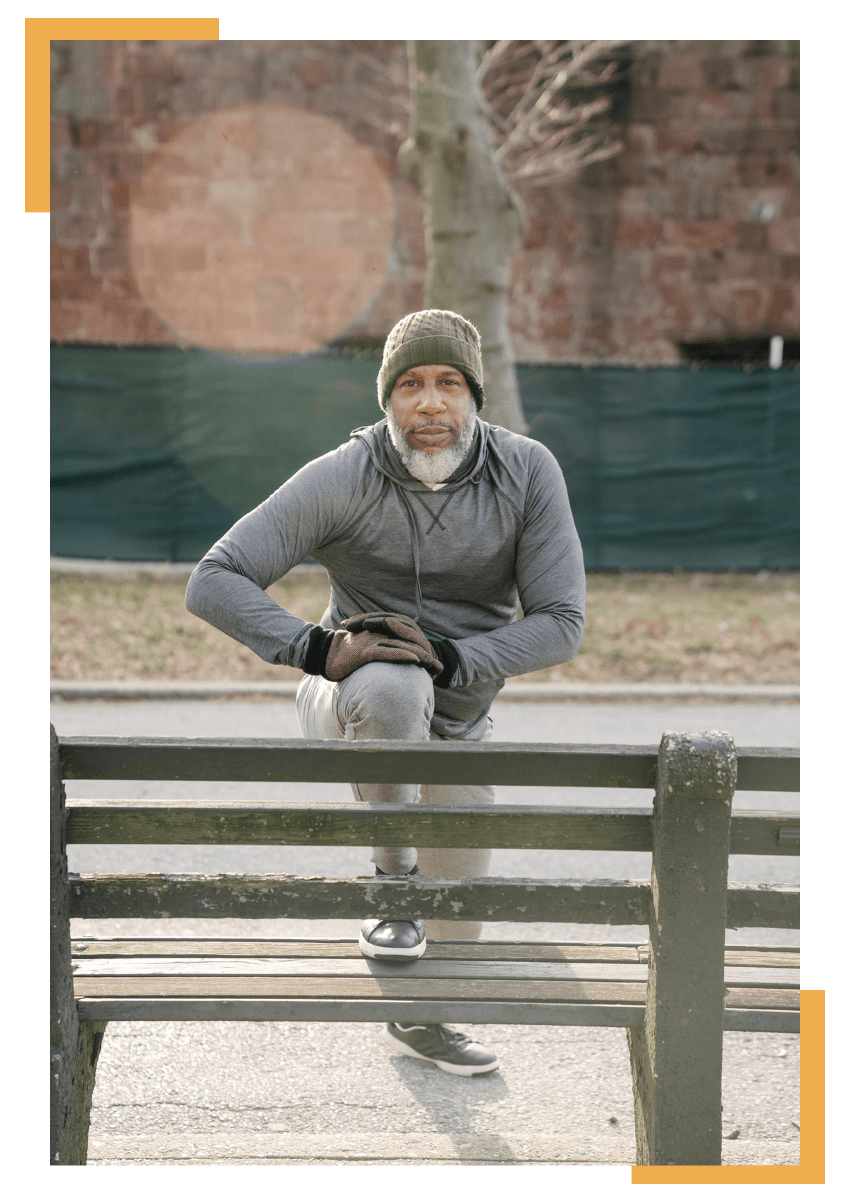Occupational Therapy
Are you looking for occupational therapy services near you? If you are in the DFW area, OneRehab is your go-to facility.

What is Occupational Therapy?

Schedule an appointment today
What is the Objective of Physical Therapy?
| Occupational Therapy | Physical Therapy | |
| Similarities | ||
| 1 | Both improve the patient’s well being | |
| 2 | The two overlap in the conditions that they treat & activities involved | |
| 3 | PT & OT have a similar process: assessment, goal-setting & treatment. | |
| Differences | ||
| 4 | Focuses on activities of daily living | Focuses on mobility & body function |
| 5 | Environment adjustment to meet your needs | The focus is on the body, not the environment |
- They both share an overall purpose of improving your wellbeing, health, functioning, and quality of life.
- Both of these forms of care overlap in the health conditions they address.
- Sometimes the tasks the therapists perform can overlap. For example, both occupational and physical therapists can require you to do exercises to help you perform activities of daily living.
- An OT and a PT can provide hands-on care to address your needs.
- Finally, the two forms of care involve setting goals and assessing how well you are progressing with therapy.
- PT entails helping you with mobility, function, and movement. A therapist often uses exercises, physical activities, and stretches to achieve their goals.
- Occupational therapy will focus on helping you re-learn how to do daily tasks easily. The therapist will focus on improving fine and gross motor skills to help you with these activities.
- An occupational therapist also focuses on improving your environment, be it at home or school to help you do the activities of daily living.

Occupational Therapy for Adults
Importance of Occupational Therapy for Adults
Boost Cognitive Function and Memory
Prevent Falls and Increase Movement Range
According to the World Health Organization, the most prevalent cause of injuries among the elderly is accidental falls. Though this can appear as a minor issue, falls among the elderly can result in severe injuries or limb breaking, affecting the quality of life. Occupational therapists work with adult patients and train them on ways to avoid falls. They engage in activities that keep them strong and alert.
Range of motion exercises also helps decrease stiffness and pain. Though the exercises may vary depending on the affected area and the extent of the underlying conditions, they can help stretch muscles, increasing flexibility.
Cope with Chronic Pain

Occupational Therapy Techniques for Adults
Home Visits and Lifestyle Adjustments
Physical Activities
Medical Screening
Our professional occupational therapist can perform medical screenings to assess how well you are progressing with therapy. The goal of the screenings is to evaluate your progress and help the occupational therapists to know how to adjust the training program.
During the screenings, the OT can use specific tools. They include vision screeners to track your progress. These check various eye-related issues, which are good if you have structural damage to the eyes or muscular degeneration. Also in the occupational therapy screening checklist is the AMPS test. Its purpose is to measure motors skills.
An OT will administer this test before beginning the therapy. The occupational therapists can then do the test anytime as treatment progresses to check if you are achieving your goals.

Occupational Therapy Exercises for Adults
More Resources
- https://www.aota.org/about-occupational-therapy.aspx
- https://www.webmd.com/pain-management/occupational-rehab
- https://wfot.org/about/about-occupational-therapy
- https://www.nbcot.org/
Soft Tissue Occupational Therapy
Soft tissue OT can be done in a number of ways, depending on the needs of the patient. Often, doctors will use ultrasound therapy to help patients reduce inflammation and swelling in their joints. Occupational therapists can also use ice packs to relieve pain caused by edema (swelling) of muscles or tendons due to strenuous activity.
Massage therapy is another form of soft tissue occupational therapy that is often used for patients who have a history of repetitive strain injuries (RSIs).
When it comes to treating conditions such as carpal tunnel syndrome or RSI, doctors will use TENS therapy. This is a type of electrical stimulation that uses small electrodes placed on the skin at specific points around your joints. The doctor then sends an electric current through these electrodes to stimulate sensory nerves in the affected area of your body.
By stimulating these nerve endings, it helps reduce pain and inflammation caused by repetitive strain injury (RSI). It also promotes healing by increasing blood flow and reducing swelling around damaged tissues.
Hand Exercises
Arm Exercises
Core Exercises
Balance Activities
Leg Stretches
Foot Exercises
Schedule an Appointment




